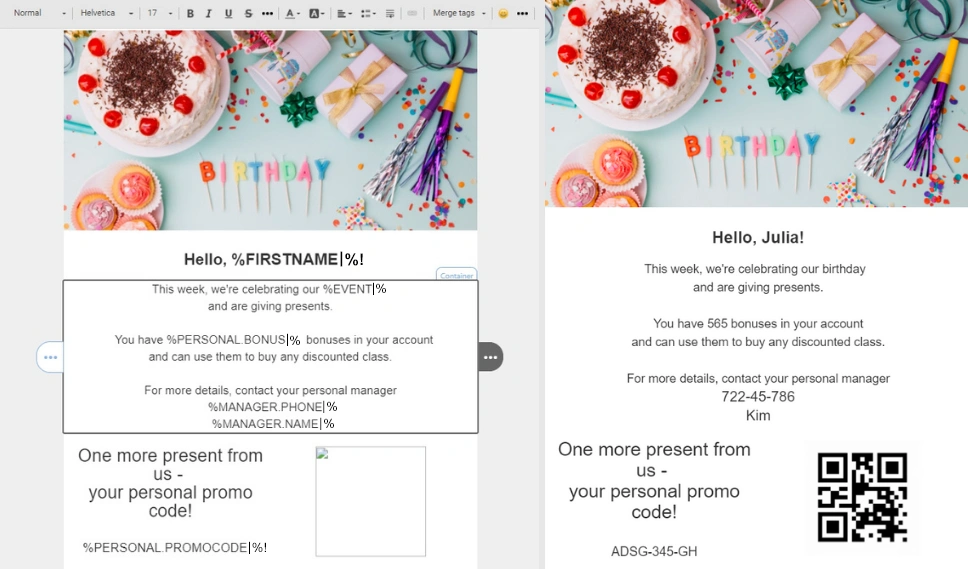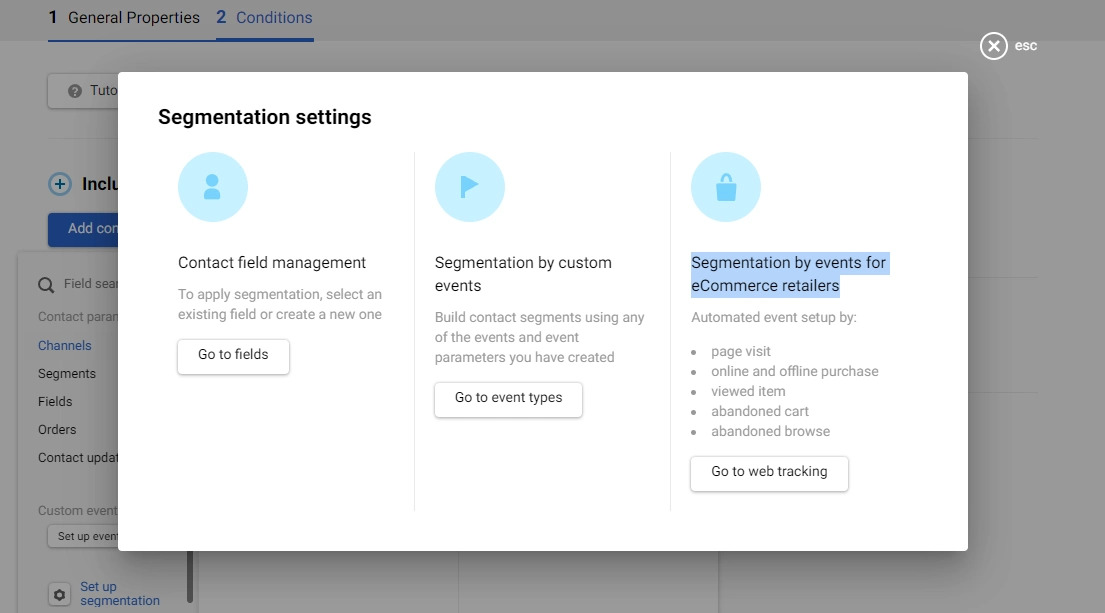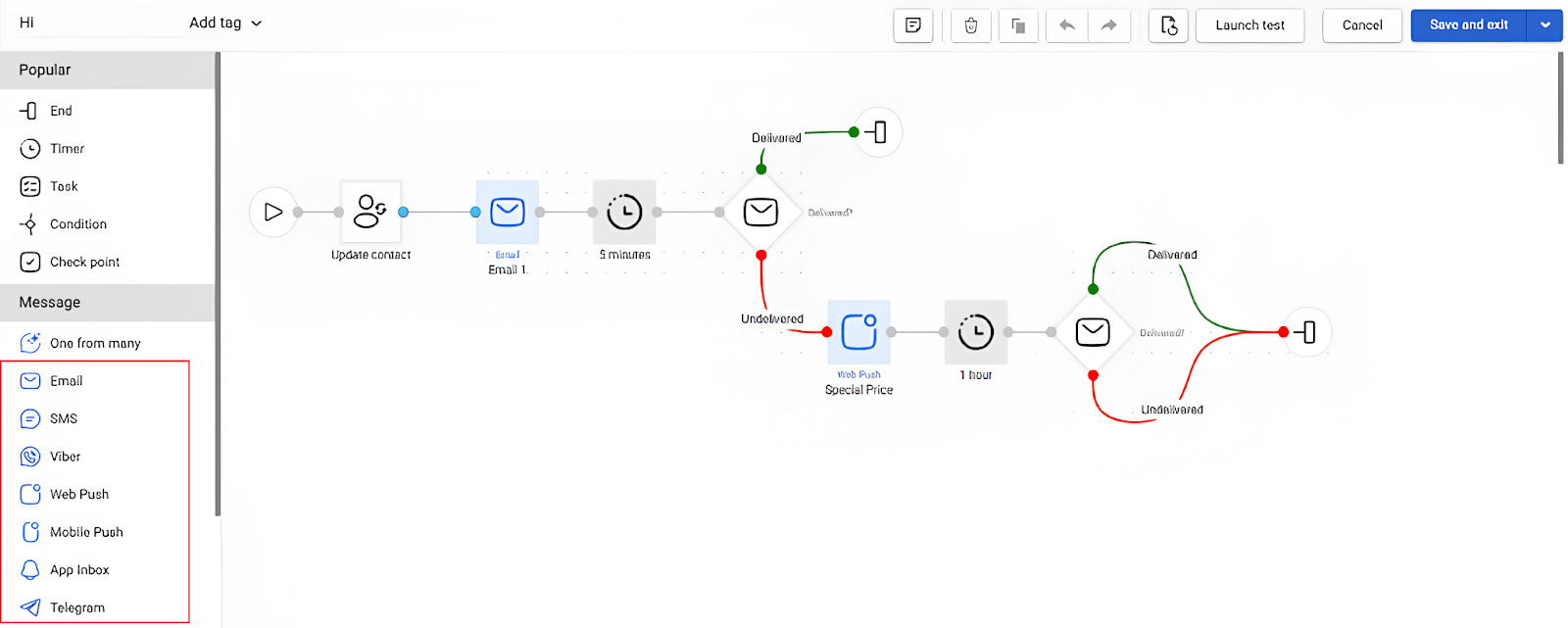Go-to-Market (GTM) Strategy

Expert Writer
July 23, 2025

Expert Writer
July 23, 2025
Launching a product in today’s crowded market is a high-stakes game. A well-crafted GTM strategy is the playbook that turns chaos into coordinated action, giving every team — from product to sales — a single, customer-centric roadmap that leads to sustainable revenue.
A GTM strategy is the company’s end-to-end plan for introducing, promoting, selling, and scaling a specific offer. The main idea is to map every step that takes a product from concept to loyal customer, detailing who you serve (target markets and user personas), the value you deliver, and how you will win against alternatives.
A go-to-market (GTM) strategy is a roadmap for introducing your product to the right audience. The process begins with identifying ideal customer profiles, analyzing their needs, and segmenting them into groups based on behavioral and demographic data. The value proposition is tailored to address each segment’s pain points.
A GTM strategy also describes the coordinated execution of marketing campaigns, sales initiatives, and distribution methods. They are carefully sequenced to guide potential customers through every buyer journey stage, from initial awareness to loyal advocacy.
A strong GTM strategy is built around clearly defined milestones, key performance indicators (KPIs), and feedback mechanisms to continually monitor performance, identify opportunities to optimize efforts, and adjust tactics based on real-time insights.
Consider a wellness SaaS platform preparing to launch a personalized workout subscription. The GTM strategy starts by segmenting the target market into key groups: office workers, postpartum mothers, and seniors. Each group is targeted with customized messaging, such as “15-minute desk stretches” for office workers or “gradual core recovery” for postpartum users.

The strategy then selects the most effective channels for each audience. LinkedIn ads target office workers, Instagram videos reach new mothers, and YouTube retargeting helps engage seniors. The GTM plan also includes pricing experiments and onboarding campaigns, which are iteratively refined until the platform achieves desired conversion and retention rates.
Common pitfalls include overestimating brand recognition, underestimating the time it takes to activate new sales channels, and neglecting the need for localized content. A resilient GTM strategy anticipates these risks by including contingency budgets, testing demand with smoke tests or pilot campaigns, and scheduling regular retrospectives. These practices transform potential mistakes into structured learning opportunities, minimizing disruption and enabling continuous improvement.
A data-driven GTM strategy forces hard questions early — Is there real demand? Are price points viable? — thereby shrinking the costly abyss between build and buy. By validating assumptions before massive investments, organizations avoid expensive misfires.
A well-differentiated go-to-market (GTM) strategy creates a significant competitive advantage when competitors vie for limited customer attention in a saturated market. Targeted positioning and a segmented communications strategy help you communicate your message where your competitors are weakest.
A well-aligned GTM strategy combines product, marketing, and sales around common goals. This alignment improves efficiency at every level, reduces customer acquisition costs, increases retention, and enables sustainable optimization. The result is faster revenue growth and a higher return on investment.
A GTM strategy starts with a clearly defined Ideal Customer Profile (ICP). Using user personas, segmentation data, and customer needs analysis, a business identifies where demand exceeds supply. This enables targeted messaging and supports strategies such as account-based marketing (ABM).
A compelling value proposition is at the core of any GTM strategy — a clear, differentiated promise your product delivers. When messages are aligned across assets like landing pages, email campaigns, and sales presentations, they build trust and drive conversions by appealing to both rational needs and emotional triggers.
Whether you double down on mobile commerce, nurture leads through ABM, or empower partners, your GTM strategy specifies the channels that maximize reach while minimizing friction. Selecting and sequencing channels is critical: an inside sales motion differs from a product-led growth playbook.
Pricing plays a critical role in determining a product's value. An effective GTM strategy incorporates insights from willingness-to-pay research, competitor pricing, and business goals to select the right model, such as freemium, flat rate, or tiered pricing. The goal is to balance rapid adoption with long-term retention and revenue growth.
Key performance indicators (KPIs) ensure accountability and transparency. Metrics such as user acquisition, engagement, retention, LTV/CAC ratio, and overall ROI help stakeholders monitor the effectiveness of the GTM strategy and make informed adjustments when needed.
Integrating the entire customer journey into a GTM strategy ensures that each stage, from awareness and consideration to onboarding and expansion, is supported by tailored content and specific success metrics. This holistic view prevents gaps in experience and increases customer lifetime value.
A modern GTM strategy arms internal teams and external partners with enablement assets: battle cards, ROI calculators, and case-study libraries. Consistent narratives across materials reinforce brand value and shorten sales cycles.
Alignment across departments is achieved through shared dashboards, collaborative planning sessions, and regular retrospectives. Celebrating shared milestones (such as reaching acquisition goals or improving onboarding success) builds team cohesion and embeds the GTM strategy as an active, living structure rather than a static document.
Start your GTM strategy by researching demographics, firmographics, and behavioral data to craft an ICP that feels like a real person, not a spreadsheet.

A robust GTM strategy scans competing offers, pricing patterns, and whitespace. In war-game scenarios, create battle cards and surface opportunities where your strengths meet competitors' weaknesses.
Link features to outcomes, wrap them in benefit-laden messaging, and stress personalization to speak directly to target pain points. This clarity powers the rest of the GTM strategy.
Map the customer journey, then choose demand-generation, ABM, or product-led tactics that meet buyers in their preferred mediums. Each touchpoint inside the GTM strategy must feel coherent and additive, not disjointed.

Model scenarios, test in small cohorts, and bake elasticity insights into the GTM strategy so that pricing fuels adoption without eroding margin.
Workshops, shared OKRs, and a living roadmap keep product, marketing, and sales executing the GTM strategy as one revenue engine.
Before scaling, a prudent GTM strategy launches a pilot in a micro-market. This limited release uncovers adoption blockers early, allowing teams to refine messaging, onboarding flows, and pricing. Pilot insights feed back into the broader GTM strategy for a higher-confidence full release.
Finally, build dashboards that surface leading indicators. Continuously update the GTM strategy based on campaign analytics and real-time user feedback.
The finish line of one launch is the starting gun for continuous improvement. A healthy GTM strategy includes a cadence — often 30-60-90-day reviews — where channel performance, customer feedback, and analytics are dissected. Hypotheses become experiments, experiments become wins, and tomorrow’s GTM strategy gets sharper.
A marketing strategy is a mechanism that continually works to build brand equity, increase demand, and support sustainable growth throughout the product lifecycle. In contrast, a go-to-market (GTM) strategy is narrowly focused and time-bound, often used during a new product launch. A GTM strategy aligns teams and resources around a specific go-to-market moment. Once initial goals — such as activation, acquisition, or early revenue — are achieved, the insights gained are fed back into the broader marketing strategy. This continuous feedback loop helps refine long-term positioning and supports future GTM initiatives.
Markets are changing rapidly, technologies are evolving, and customer expectations are changing. Amidst these changes, one principle remains constant: companies that treat product launches as organized, data-driven processes have a much better chance of success.
A well-organized GTM strategy is not a one-time instruction, but a living framework. Using real-time data, collaboration, and continuous iteration, it turns ambitious plans into measurable results. By regularly reviewing KPIs, updating customer personas, and adjusting communication strategies, a GTM strategy stays relevant and practical, evolving with the audiences it targets.

